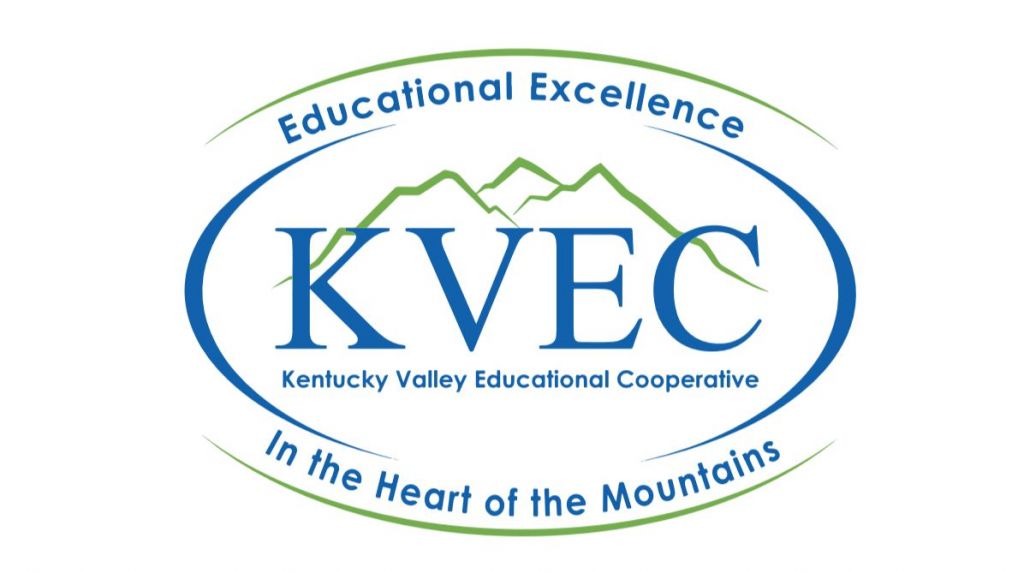
Professional Learning Video Series
Carole Mullins, NBCT
KVEC Literacy Instructional Specialist
[email protected]
All videos and the accompanying resources are located at theholler.org
Instructions for access:
- Go to theholler.org
- If you have not done so, register and join the HOLLER (tab on right)
- Next, click on HOLLERS (located in black banner) and search for Reading/Writing: Literacy
- Click the “Join HOLLER” tab, then click the HOLLER icon to open it
- Scroll through the HOLLER to locate instructional videos and their resources
Introduction to Revised KAS for Reading & Writing
(5 video episodes that explain/clarify revisions)
EPISODE #1 (14 mins)
KAS For Reading and Writing: The Revision Process
- Why the standards were revised and the process used to revise them
- Carole Mullins, NBCT and Rebecca King, Teacher and KAS Review & Development Committee Member
EPISODE #2 (30 mins)
KAS for Reading and Writing: Organization & Structure
- The organizational and architectural structure of the revised R/W standards
- Carole Mullins, NBCT and Rebecca King, Teacher and KAS Review & Development Committee Member
EPISODE #3 (28 mins)
KAS for Reading and Writing: The Breakdown View & Multidimensionality
- Deeper dive into the organizational & architectural structure of Standards View #2
- Appropriate student work based on the revised standards (Analysis of Teacher Assignments)
- Carole Mullins, NBCT and Rebecca King, Teacher and KAS Review & Development Committee Member
EPISODE #4 (26 mins)
KAS for Reading and Writing: Revisions to Note
- How changes in the KAS for Reading & Writing will affect K-5 instructional practices due to increased rigor of some standards
- Cast: Carole Mullins, NBCT & Rebecca King, Teacher & KAS Review & Development Committee Member
EPISODE #5 (24 mins)
KAS for Reading and Writing: Spotlight on Early Literacy-The Reading Foundational Skills
- Deeper dive into instructional implications for K-3 standards
- Carole Mullins, NBCT and Rebecca King, Teacher and KAS Review & Development Committee Member
BRIEF INFORMATIONAL AND INSTRUCTIONAL STRATEGIES
PROGRAMMING GUIDE
(Includes Accompanying Resources Developed by and for Practitioners)
COMPOSITION (60 mins)
Begin with the End in Mind: Student Thesis Statements Made Simple + MORE!
- Writing skills that are imperative for helping students increase the quality of a timed or untimed written response (short answer, on-demand, essay, etc.) in ALL subject areas
- Appropriate for K-12; Middle/High example shared
- Carole Mullins, NBCT and Rebecca King, Teacher and KAS Review & Development Committee Member
INTRODUCTION TO THE 10 INTERDISCIPLINARY LITERACY PRACTICES (18 mins)
- Understanding the purpose and function of the practices
- Appropriate for K-12
- Carole Mullins, NBCT
INTERDISCIPLINARY LITERACY PRACTICE #1 (32 mins)
Recognize that text is anything that communicates a message.
- Expand traditional knowledge about text to include visual, auditory & digital sources
- Use sources across disciplines to provide increasingly rigorous opportunities for students to interpret messages communicated through different media
- Appropriate for K-12; Middle/High example shared with Elem. information included
- Carole Mullins, NBCT and Rebecca King, Teacher and KAS Review & Development Committee Member
INTERDISCIPLINARY LITERACY PRACTICE #2 (29 mins)
Employ, develop, and refine schema to understand create text.
- Through the use of multiple texts and interdisciplinary content, activate students’ schema. Provide opportunities for developing new connections, applying specialized vocabulary and reflecting on new understandings
- Appropriate for K-12; Middle/High example shared with Elem. information included
- Carole Mullins, NBCT and Rebecca King, Teacher and KAS Review & Development Committee Member
INTERDISCIPLINARY LITERACY PRACTICE #3 (30 mins)
View literacy experiences as transactional, interdisciplinary, and transformational.
- When students’ literacy experiences cross traditional disciplinary boundaries, their knowledge is expanded and relevant
- Students’ interactions with text become transformational when they are motivated to pursue additional information or activity as a result of their new schema
- Appropriate for K-12; Middle/High example shared with Elem. information included
- Carole Mullins, NBCT and Kim Sergent, KVEC Social Studies Instructional Specialist
INTERDISCIPLINARY LITERACY PRACTICE #4 (30 mins)
Utilize receptive and expressive language arts to better understand self, others and the world. View literacy experiences as transactional, interdisciplinary, and transformational.
- Experiencing both receptive (i.e., listening, reading and viewing) and expressive (i.e., speaking, writing and visually representing) elements are critical to the students’ meaning-making process
- Carole Mullins, NBCT and Rebecca King, Teacher and KAS Review & Development Committee Member
INTERDISCIPLINARY LITERACY PRACTICE #5 (38 mins)
Apply strategic practices, with scaffolding and then independently, to approach new literacy tasks.
- Help students to strategically approach literacy tasks in order to make intentional decisions about when, where and how to apply thinking and learning processes
- Independence and transference=lifelong learners
- Carole Mullins, NBCT and Rebecca King, Teacher and KAS Review & Development Committee Member

